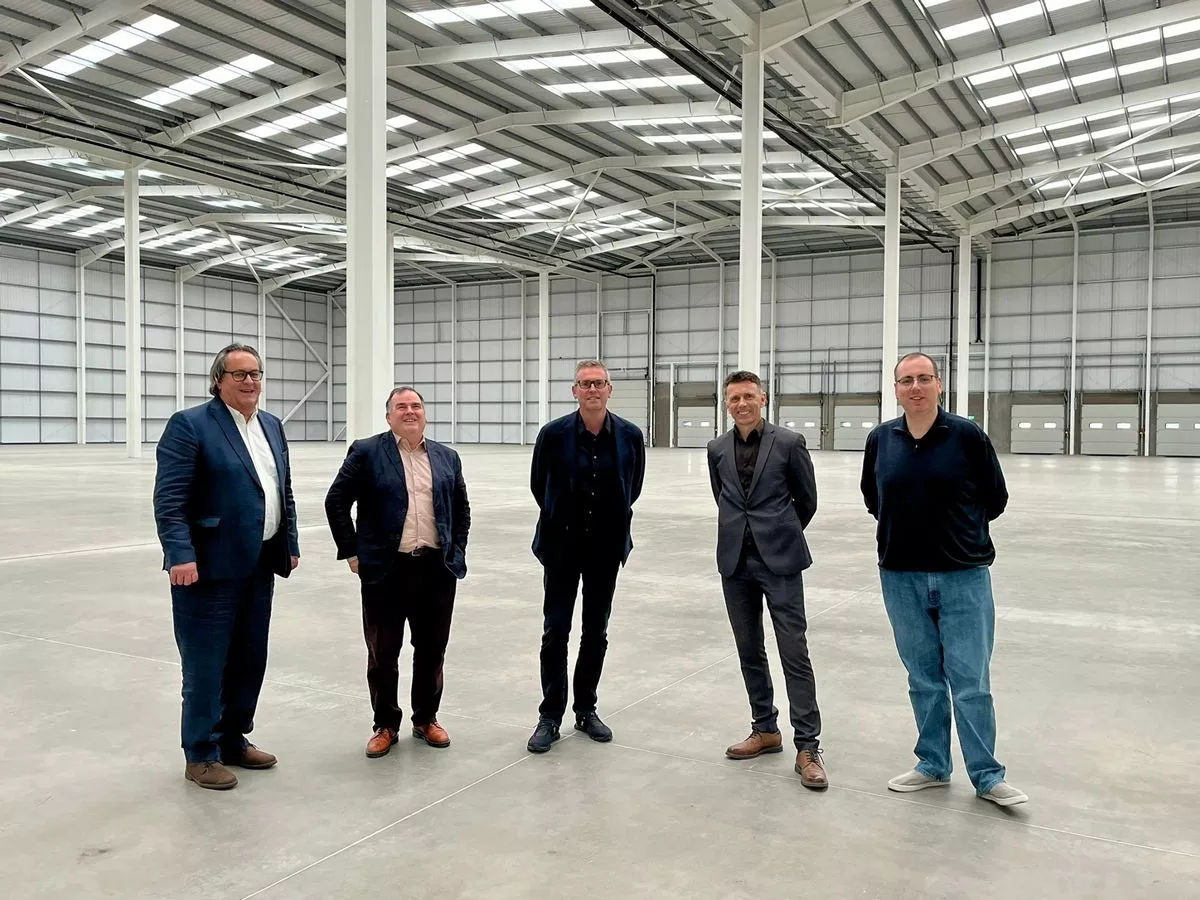
Who doesn’t get frustrated when a webpage is slow to load?
For businesses, it’s critical to provide a good user experience so that you satisfy the user’s intent and rank higher for your keywords. For sites that are already ranking well, this is frequently the step that’s needed to push them to the very top of the search results page. And for sites that are just getting started, designing a site with user experience in mind can help you climb the ranks faster as you build and grow your SEO.
Why is user experience so important? It can determine how long people stay on your site, which directly affects your ranking. Google prioritizes sites with more user-friendly interfaces over sites that are clunky, difficult to use, or intrusive to the user. Google wants to provide users with a great experience, so it tends to direct people to sites that provide that positive experience.
And there’s more to user experience than just having a pretty, polished website design. Even seemingly small details can make a big difference in user experience, like whether a user has to click a link to watch a video or can just play it right there on the page.
Subscribe to the Daily newsletter.Fast Company’s trending stories delivered to you every day
Privacy Policy
|
Fast Company Newsletters
How do you create an excellent user experience that will help your SEO? As an SEO expert, here are my favorite tips.
1. ENSURE YOUR SITE RUNS SMOOTHLY
The first aspect of user experience is the technical parts of your website, like ensuring your pages load quickly. There’s nothing like a page that won’t load to make users click back to the search results page. If a page takes even a few seconds to load, you’re likely to lose users.
There are a number of ways you can speed up loading time, such as optimizing your images, and I recommend getting a technical SEO expert to help you set things up correctly.
2. PRIORITIZE MOBILE EXPERIENCE
Did you know that user experience on mobile devices is even more important than on desktop? That’s because nowadays the majority of users are viewing sites on their phones rather than on computers, and Google knows this, so it places significant weight on your site’s mobile optimization.
This is another technical element of your SEO, but it’s important to know about because many people build their sites for desktop first and include mobile as an afterthought (or forget about it entirely!), but Google’s algorithm will consider your mobile site first. That means your site should not only be adapted for mobile experience but also easy to use and navigate on a small cell phone screen.
3. STOP USING POP-UPS
Pop-ups have long been a popular way to capture emails, but they can actually be damaging to your SEO, especially if they interrupt the user only a few seconds after they’ve entered your site. You know what many users do when a pop-up interrupts them when they’re trying to view your page? They simply click the back button and go to a different site.
advertisement
Pop-ups are intrusive, and many users decide it’s not worth figuring out how to close the pop-up and continue reading when it’s simpler to just return to the search results and find a page with the same information that won’t shove a pop-up in your face. And why would someone give you their email when they haven’t even had a chance to read what you have to say? In my experience, even pop-ups that only appear in the corner of the screen, like chatbots, can be distracting and annoying to users.
4. EMBED VIDEOS
While it may seem like a small thing, you can improve your users’ experience by making any videos on your page play right when users click on them, rather than directing them somewhere else via a link. This streamlines their experience and is an excellent way to keep people on the page longer.
If users must click away to YouTube or another site to watch your video, you’ve just directed them away from your page, which isn’t what you want, plus it forces them to navigate back to your site if they want to continue reading your page. Little details like this can go a long way.
5. MAKE IT EASY
Everything you want the user to do on your site should be made incredibly easy so they don’t even have to think about it. Just like adding videos to your page makes it easier to watch them, you can make it easy to contact you by including multiple ways to get ahold of your business on every page, such as a contact form and a phone number.
Make it easy to navigate your site by setting it up in an intuitive manner, providing strong internal links, and labeling links clearly. This will increase the likelihood of users staying on your site. And make it easy to find information on a page by using clear headings and visual images as well as organizing your content clearly. In doing so, you increase the value of your content. All of these steps will add up to a site that not only makes users stay longer but also helps you convert more leads.
FINAL THOUGHTS
The experience of your users is one of the most integral aspects of your SEO strategy. These tips are simple adjustments you can make to improve that experience and keep people on your pages longer, but don’t neglect the quality of your content in your efforts to create a great user experience. After all, the content is what draws them to your site, and it’s ultimately what will make the biggest difference in keeping them there.
Build a solid foundation on relevant, useful, and engaging content, and use these tips to craft a polished experience around that content.



